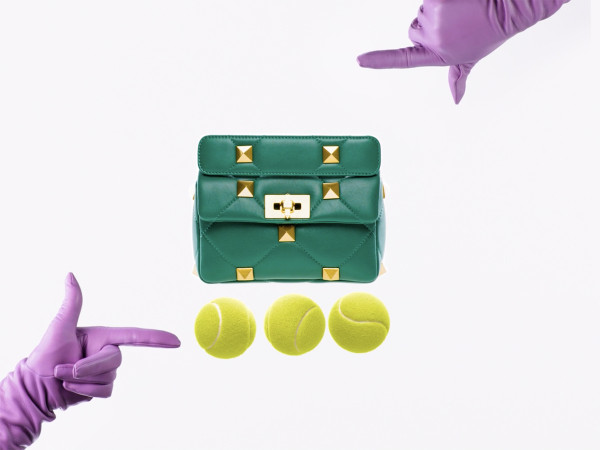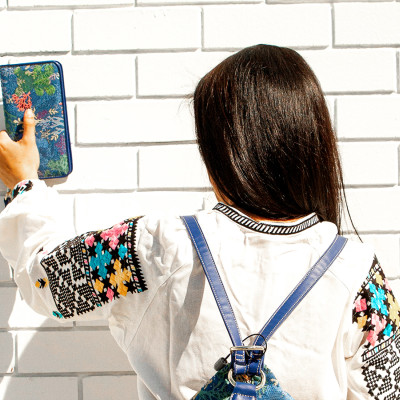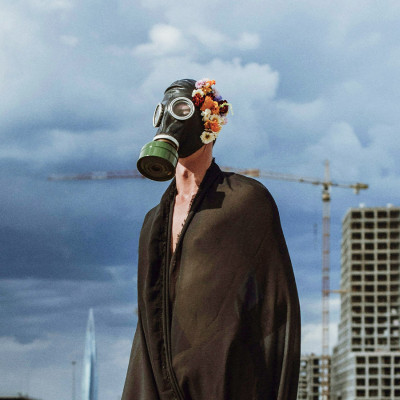Without bringing up the effects of fast fashion, which is currently a global leader in the manufacturing of affordable clothing, any discussion on sustainable fashion would fall short of being comprehensive.
Fast fashion is a profitable and widely used business strategy in which clothing merchants produce inexpensive throwaway items and have several seasons per year.
There is a significant surge in the production of inexpensive and low-quality textiles as a result of how reasonably priced fast fashion clothing is and how quickly fads come and go.
This indicates that the products have a limited lifespan and are disposed of rapidly, which results in an environmental and climate change that is irreversible. The joy that consumers get when they buy the newest item is outweighed by the long-term implications of this business strategy of “make-take-dispose.”
Because of consumerism, the general public is unaware of the effects of rapid fashion. Let’s check in quickly.
When did you last buy clothing? How frequently do you get rid of them? Do you shop at thrift stores or used clothing stores? Do you ever consider how these clothes were made or the persons involved?
The industry needs reforms, and consumers are the ones who can make it happen. The continuing reduction in production costs, which also translates to low pay and unfavorable working conditions for the employees of fast fashion businesses, is the cause of the ongoing buildup of inexpensive clothing.
Compared to previous years, we are purchasing more clothing, and we keep them half as long.
Producing sustainable clothing takes longer because it is made of more durable, natural, and recyclable materials, which lowers the purchasing power. New designers should follow this route. As much as we worry about fashion, we also need to consider how it will affect us in the near future.
This is only possible if the fashion industry adopts practices that reduce its environmental impact and are centered on preventing textile waste. But, how can we encourage sustainability in the fashion industry in a society where capitalism, a love of fashion, and trends take precedence over the effects that fashion has on the environment?
Thrift Fashion. Despite the fact that many see thrift shopping and buying used clothing as demeaning to one’s social standing and out of style, it is nevertheless very popular. As it encourages a culture of zero-waste, it is one strategy to achieve sustainability. In an event where many celebrity personalities buy the clothes, put them on once and throw them away. We must adopt a culture of reselling them in order to reduce production costs.
Eco-friendly materials. Compared to using synthetic fibers, using natural fibers like cotton and bamboo has less impact on the environment. Environmental results are improved when production and manufacturing take environmental impacts into account.
Recycling and upcycling. It is best to change old fabrics and employ them in the creation of new clothing to reduce waste. Reusing clothing helps to cut down on the amount of natural resources required to produce new clothing.
Clothes rentals. This is one of the techniques that most fashion designers are embracing right now. Instead of buying clothes and only using it on specific occasions, after which they are not worn again. The option for rental can work well where one cloth can be used by different people and on different occasions.
What is the way forward? The fashion councils should establish standards that clothing manufacturers must adhere to in order to be recognized as sustainable, or even introduce indicators on each article of clothing that show how long it will take for it to biodegrade. This will give consumers the choice of buying long-lasting clothing or short-lasting clothing, depending on their needs. Fashion brands may create anything and claim it as sustainable if there are no rules in place.
Supporting the new inventions in fashion such as the spray-on techniques which contain cotton or synthetic fibers, suspended in a polymer solution that evaporates when it makes contact with the body. After wearing, it can be removed and turned back into a solution, ready for reuse. Such new inventions are the spaces that should be supported to reduce the impacts of fashion on climate change.
Supporting sustainable fashion brands and organizing campaigns for it can go a long way to achieving this goal.
Sustainable Fashion by Design. The above highlights some of the ways to achieve a sustainable fashion, but when it comes to sustainability, the first and the foremost thought should be the approach that we take in all our actions.
Avoiding waste starts from the design, this is something that our parents and grandparents knew very well since, when they bought a piece of cloth at the market, they started to think of it in such a way that it could be used in all its parts.
The item of sustainability was considered also before, because the choice of a cloth was made on the basis of the envisaged durability in terms of consistency and colors.
Finally, yet importantly, if it is true that beauty may be a value for itself, we should all remember that there is no beauty that can justify denial of human rights, cruelties against animals and damages to the environment.
So, this should be the first criterion to be considered, before acting, in order to achieve a real sustainability, a sustainability that I would define “Sustainability by Design”.
The fashion industry has a chance to set a sustainable example as consumers’ concerns about fashion’s ethics and sustainability grow.
“There is no beauty in the finest cloth if it makes hunger and unhappiness” Mahatma Gandhi












